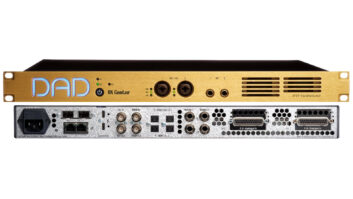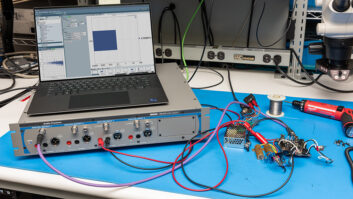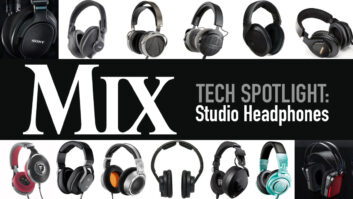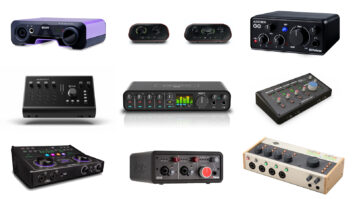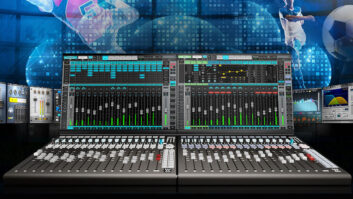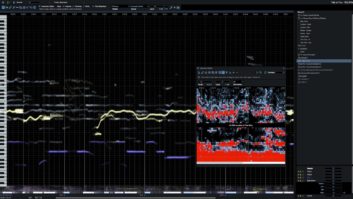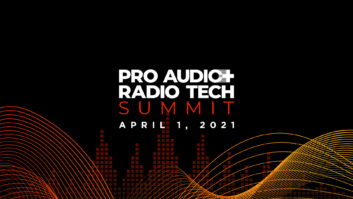New York, NY (November 30, 2022)—Every year brings with it new updates to our favorite digital audio workstations, bringing with them new features, bug fixes and more aimed at everyone from new users to veteran pros. With that in mind, here’s some of the major DAW editions we’ve seen this year.
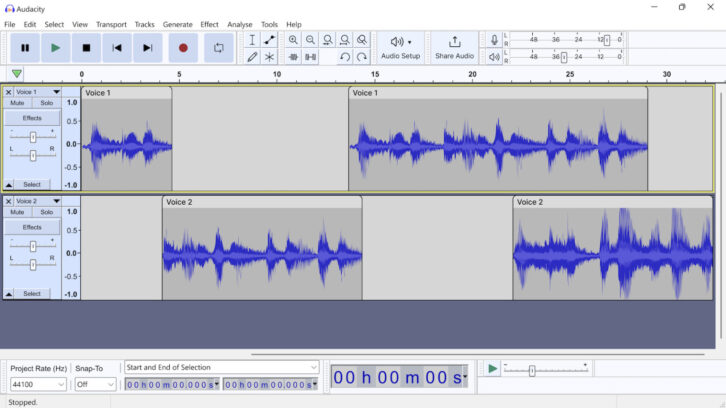
Audacity 3.2
With the release of Audacity 3.2 in late September, following the company’s acquisition last year by Muse Group, the program got one of its biggest overhauls to date, with the goal of making the open-source DAW an end-to-end production tool. To that end, Audacity has added real-time effects support, non-destructive editing, VST3 support, UX and UI improvements, and online audio sharing with the newly launched audio.com, the company’s free cloud-based audio file platform. The underlying code has been completely rewritten to ensure stability and the GUI has been reworked to provide a smoother editing experience, with the audio output bar and volume slider combined. A new Audio Setup option allows for changes to input, mic and output settings.
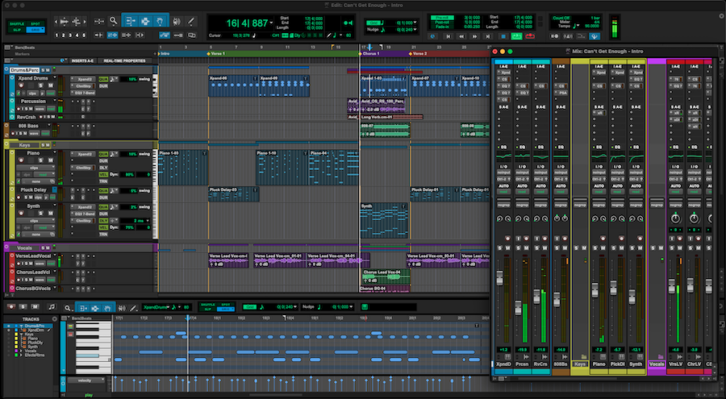
Avid Pro Tools Intro
With Pro Tools upgrades and feature additions coming throughout the year, along with associated partnerships and workflow enhancements, it can be a full-time job just keeping up. Big news came in early October, however, with the debut of Pro Tools Intro as a free download—the idea being to offer PT functionality to a new generation of content creators. Built on the Pro Tools code base, which ensures a smooth upgrade path, Intro includes most of the essential features, including MIDI tools and dozens of core effects and instrument plug-ins. Pro Tools Intro users become part of the Avid global community through the Avid Link app, allowing content to be shared with others; by upgrading to the AvidPlay subscription service, users could then distribute their content to the world.
Focus Features, AppleTV+ and Universal Join Mix Presents Sound for Film: Awards Season
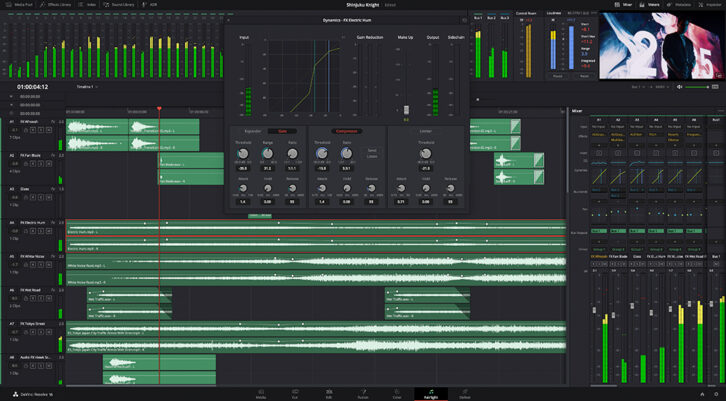
Blackmagic Design DaVinci Resolve 18—Fairlight
Fairlight, a DAW that dates back to the late 1980s, gained new life when it was integrated into the Davinci Resolve engine, and with the July 2022 update to Resolve 18, it packs a host of new features, including the ability to convert fixed bus projects to FlexBus in project settings, freely order tracks and buses in the mixer via the track index, and nudge custom millisecond or sub-frame intervals in the timeline. It also features improved quality for time-stretched audio, improved Dolby Atmos immersive mixing, including binaural monitoring, and Native support for Dolby Atmos production for Linux and Apple silicon. Improved plug-in management adds replace-and-copy settings in the mixer, and there are new built-in presets for equalizers and dynamics, along with dozens of improvements and upgrades to specific features.
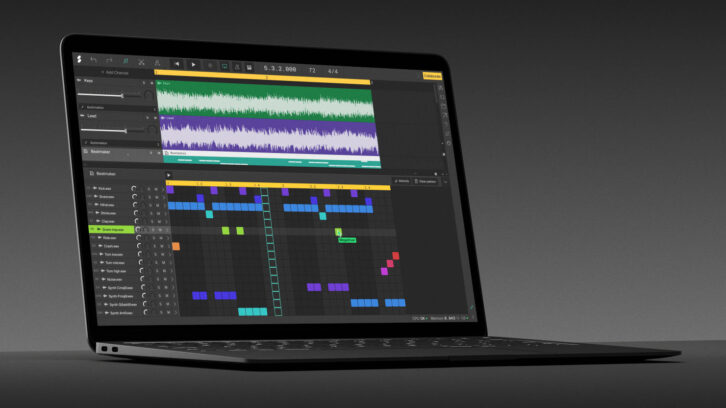
Soundation Beatmaker Online DAW
In early October, music software developer Soundation launched Beatmaker, an online DAW/social platform intended to help emerging musicians collaborate online by providing ready-made and royalty-free beats, drum kits and samples, and also allowing users to upload their own sounds and samples. After they’re uploaded, beats and samples can be manipulated and edited within the online sequencer and sampler for beat making—and ultimately be shared with others within Soundation’s online community of 100,000 users. Producers can immediately use the Beatmaker studio to remix beats made by MG the Future, with kits by Justin Hawkes and Bishu to follow. No sign-up is required. Each kit comes with a beat pattern, which can be built upon or completely changed by the user.
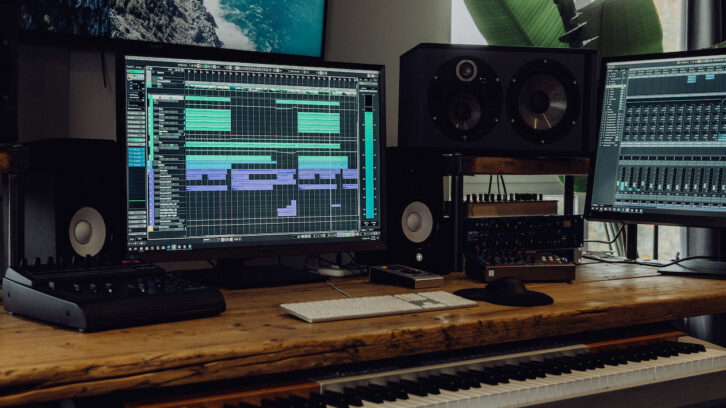
Steinberg Cubase 12
Every version of Cubase—Pro, Artist and Elements—has been updated with the introduction of Cubase 12 earlier this year. All three editions now sport enhanced controller support, allowing MIDI controllers to be integrated by automatically detecting selected controllers and providing enhanced options for mapping external devices. Also, the Chord Track now allows audio events to be dragged and dropped to provide MIDI chord progressions for audio. Additionally, the entire Cubase family gets new editing workflow improvements and near sample-accurate volume automation, which is no longer affected by the set buffer size.
